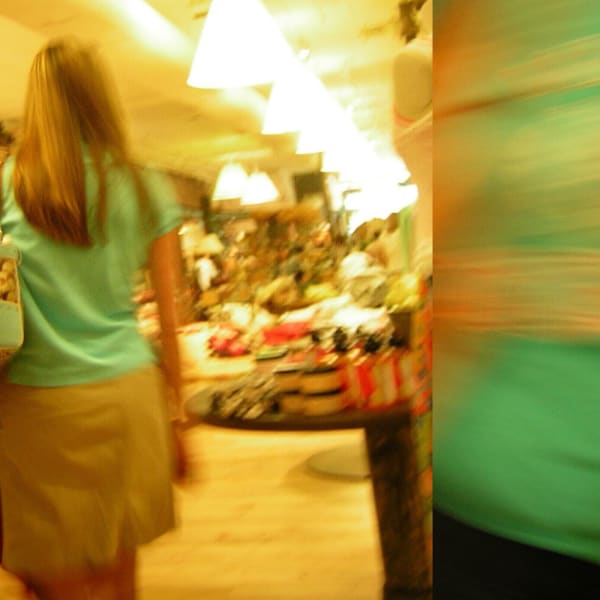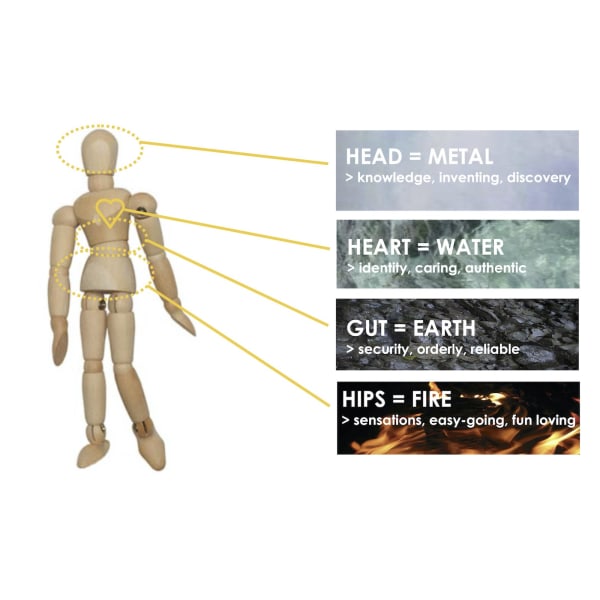EED Elemental Experience Design®: Methodology Invention
The human mind once stretched by a new idea never goes back to its original dimensions. Oliver Wendell Holmes.
Elemental Experience Design (EED) is a new metholodogy to design great customer and brand experiences. In short, EED combines the Western focus on emotions and personality with the Asian art of architecture and elemental design. Welcome a whole new world of applications!
Why did I invent Elemental Experience Design and is there a need for it?
It’s really quite simple. In today’s marketing and design processes, we constantly talk about creating the great user or customer experience. The winning brand is the one that provides the best experience, whether it’s through the products, in the stores, on the web or by using clever user oriented advertising. Good experience is really important, don’t you agree?
The problem here is that what I consider a good experience may be a bad experience for you. Exactly the same experience might be rated completely differently by different people. So we cannot talk about good experience without considering for whom? But, how do we define “the who?”. By age, gender, income, location, lifestyle? Tough! A 35 year old Parisian female nurse might have more in common with a 59 year old billionaire New Yorker in terms of personality and taste than her colleague working right next to her.
Rather than categorising people according to the usual demographics and lifestyle, progressive thinkers talk about creating an emotional connection and how feelings and senses become much more important factors. Great, but how do we measure this emotional and sensual experience? How do we create marketing and design processes based on these important factors? It’s all a bit fluffy and we need harder evidence; we need more structure so that we can plan and measure the results. After all, most of our stakeholders want measurable facts to back up our ideas with hard earned design and marketing budgets.
This is the puzzle that I decided to solve. The result is EED Emotional Experience Design - a tool to help you design, plan and measure experiences. The great thing about EED is that you can use it on people, stores, products, ads, services and experiences. They can all be placed in one of the five elements: Earth, Fire, Metal-Air, Water or Wood. It can be used as a general inspirational landscape for new development as well as pinpointing and testing specific ideas.
Where did the original ideas come from?
EED is a fusion between Eastern and Western ideas. On one side, we have the Asian beliefs in elemental design and energy flow. On the other side we have Western psychology, most prominently the Jungian archetypes. To discover the intersection between the two ways of thinking, you have to look back about 2400 years to the Ancient Greek Philosophers, who talked about the elements (Earth, Water..) coined with personality type (Melancholic, Sanguine..)
When you start digging in these eternal truths, you'll find a lot of similarities. The Greek version of Fire/Sanguine personality is directly related to the symbolic meaning of the Chinese Feng Shui element 火 (Fire), the Japanese element Ka or hi (Fire) and the Indian Hindu Agni (Fire) as well as Jung’s SP’s, a tool used by 80% of FORTUNE 500 companies in their human resource departments. Simply speaking, EED takes these ancient beliefs and uses them in the context of modern design and marketing techniques. It’s a very forward-thinking method using long-lasting ideas.
New thinking requires a flexible mind...
Traditional personality types are not very visual and inspirational in the creative process. An ESTJ (short for Extravert, Sensing, Thinking, Judging) type sounds boring to most designers. In EED, by using the Chinese way of thinking, we call this type for a “double Earth person” - nicknamed the “Solid Brick” type.
Tell me, how do you picture a “Solid Brick” type? Stable or flexible? Patient or impatient? Organized or messy? Fast or slow moving? Do you think that this person would like lots or few colours? Do you imagine a person who would follow tradition or not? (if you need clues, there are some at the bottom of this page*)
Another problem with personality types is the length of questionnaires. To determine a personality type, you normally need to ask between 80 and 100 questions. We don’t believe that adding that many questions to a survey is feasible. In EED we have cut the normal 80 questions down to 4 key questions determining the elemental type, a reduction of 95% allowing the method to be fast and yet precise.
*Clues: The earth element is solid, reliable, stable and patient. “Solid Brick” would be serious, patient, orderly, well organized, and slow moving with a taste for few and traditional colours.



